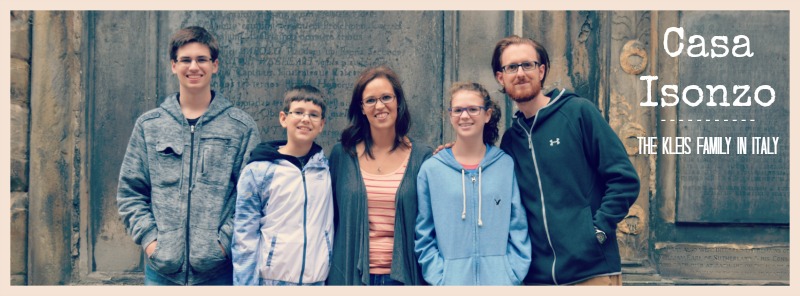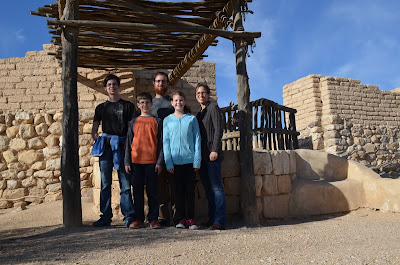Dear Samuel,
You ushered us into parenthood 13 years ago, and now you bring us into the new and exciting phase of being parents of a teenager. Truly we had no idea that you growing up would pass in a blink of an eye. You are maturing in to a young man who loves the Lord and we couldn't be prouder. From the time you could speak you have never ceased to drill us with your myriad of questions that at times are so random in topic you leave our heads spinning trying to catch up with you. From that, we see the inquisitive mind the Lord has given you and your desire to be a learner. May you always be student, especially of God's word.
You not only love to learn, but you love to share what you have learned. We pray the Lord will make you a wise and humble communicator that is sensitive, not always determined that winning the argument is of highest importance, even if you are right, but to speak truth in such a way as to win the person.
You are fascinated with all things stellar and science related which forces us to keep learning too just so we can converse with you. Although, don't expect too much of me--blackholes and interstellar travel are a bit beyond my comprehension.
We appreciate your sensitivity and for setting an example for your siblings. You are a big brother they can look up to (even if you don't always feel R-E-S-P-E-C-T) -- trust me, they love you deeply and you will only draw closer to each other as you get older. Thank you for looking after them, always ready and willing to help with school homework and offer advice.
You are content with little and happy to celebrate your special day with just family. Your request of white and chocolate cake with cream cheese frosting was a great combination choice (no matter if Emma thought it was weird). Your birthday dinner request was spaghetti and meatballs.
So glad you can better enjoy all your music explorations with your new iPod. Just promise me you will still hear my voice when I call. :) Happy 13th birthday, Samuel David! You are loved more than you will ever know--always and forever--no matter what! **Un baccione**
Love,
Mamma (and Dada)














































